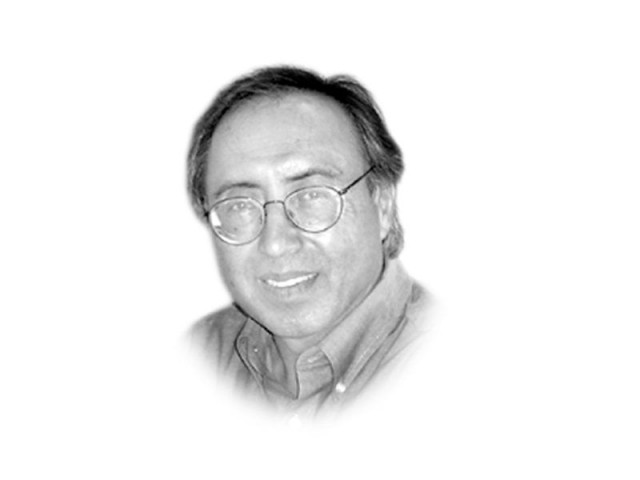The voters’ rage
Nothing or very little has improved during the ten years of PPP and the PML-N rule

The writer is a professor of political science at LUMS, Lahore. His recent book is Imagining Pakistan: Modernism, State and the Politics of Islamic Revival (Lexington Books, 2017)
In many ways, the PML-N governments in Punjab and at the centre have done far better than the PPP. We expected more from it to address the difficult structural issues of the economy, public institutions, corruption and wasteful public entities. It avoided difficult options, like documenting the economy, taxing retail businesses and agriculture. To fund its trademark projects of motorways, metro bus, orange train, it has borrowed heavily surpassing all government of the past. It leaves huge economic problems for its successors, and for itself, if the party returns to power, a dream which looks unrealistic.
The impact of bad economic governance, corruption and institutional inefficiencies of all tiers of governing institutions has hit the citizens everywhere, and disregard to one’s class or location. It is not surprising to see the voters asking the familiar candidates two familiar questions, “what have you done for us?” and “where were you during the past five years?”.
These simple questions summarise the concepts of mandate, accountability, right to rule and its conditionality—the substance of republicanism and democratic theory. People have right to rule, which is transferred during the time of elections to the representatives on the conditions they would work for them and in their interests. The representatives are the trustees of people’s power—in theory—. It is a borrowed power for five years and sovereign or right to rule returns back to the citizens.
The questioning by voters signifies a big progress of the electorates in realising that they have the power to confirm or deny a representative status to a candidate. In traditional society like ours where the dominant political elites with a strong social base in tribe, caste, ethnicity, land or shrine take the voter for granted, the new and emerging voices quizzing them means political awakening.
In many democracies, both mature and developing, angry voters have routed out political parties and leaders from power. Can and will it happen also in Pakistan in the 2018 elections? The voters in two provinces, the Punjab and the Khyber-Pakhtunkhwa have voted for different parties in 2002, 2008 and 2013 elections. The voters have rejected the PPP in three provinces; it has shrunk to a party of the interior Sindh, PML-Q is reduced to couple of parliamentarians and the Awami National Party, which had once a dominant position in K-P has lost out to its rivals. This suggests that Pakistani voters can throw out old players and bring in new ones. The rise of the Pakistan Tehreek-e-Insaf is a case in point—in the K-P in the 2013 elections.
While we notice annoyance with the old established political elites and parties in all parts of the country, the voting pubic appears to be fragmented along narrow ethnic, regional, caste and biradari lines. This is the reason, why the parties, some with bigger vote-bank, recruit electable, dynastic elite to run for elections. When it is the same stock of candidates, what would matter is credibility of leader at the top and his vision in harnessing the power of the angry voters.















COMMENTS
Comments are moderated and generally will be posted if they are on-topic and not abusive.
For more information, please see our Comments FAQ